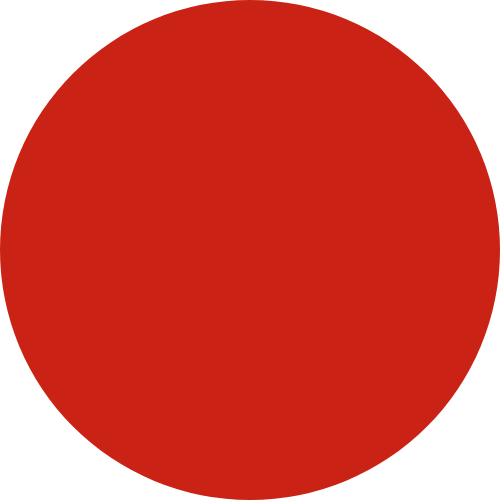-
Level Up – Resilience and Empathy Card Game
In Bavaria, in not so ancient times, 30 researchers from different faculties at 18 universities got together to develop their field of study through a lens of “resilience”. They worked for a year and came together in groups of 2 or 3 to then design games based on their research. That means, when playing this game,…
-
Queer Economics And Love-Driven Politics
I’m feeling torn about this article. Although I posted it on Medium I never shared it really. I rewrote “fem” and “masc” to read “yin” and “yang”, but that doesn’t cut it either. There’s something in it, and it needs other people, conversation, to shape what can become, so I release it: This is the…
-
Permaculture for Business
In early 2015, I sent an email to the Michael Crouch Innovation Center at UNSW (back then just opening) and suggested an artist residency to do ethnographic research in a Permaculture community. My goal was to try and apply permaculture principles to the way we work and live in cities; to find new ideas how…
-
LORE :: Androgyny
Over the course of a few years, I’ll tie different strands that I research together. I use LORE as a term for this package of research; LORE in the sense of “folklore” but also as “body of traditions” or (in)visible cultural norms we abide by. First, because everything I do places itself in storytelling. Also, because…
-
I Am The Stars
-
Superhero Card Game
Play this game with a group as an icebreaker or as an energizer to make people talk casually and intimately to learn something about themselves and their peers. Group size: minimum 10 pax Playtime: 5 Min intro, played across breaks, 10 min framing, ideally leads into a self-inquiry game (ask us) What: The game objective…
-
A Meta Look at Collaboration
Lance Weiler pinged me two days ago and asked if I’d have a chat with him about the MOOC we ran, why we design collaboration this way, what it takes to brave it, and what it means in terms of shifts in society. So we dived into the why and how and what of peer production. I…
-
Pan. Puck. Beet. Love.
This small hand drawn mystical creature is based on the Greek nymph God, Pan and the Midsummer Night’s Dream elf, Puck. It’s the center piece for an interactive bricolage. It’s a work about lust and mischief; and about the suffering it involves. The temptation is represented by a beet, a melancholic vegetable in Tom Robbins’…
-
This is Not Art
In October we were invited to Newcastle to run a two-part game called Be.Poietic.Punks. Our plan was to explore intuitive and associative ways of collaboration. Claire Marshall and I weren’t sure if we could make it to Newcastle that day, so we asked the incredible Maree Lowes if she’d be interested running the show on the day. Maree had never…
-
Dr Divine
At this year’s Burning Seed Festival in the Australian bush I played my alter ego Dr Divine. I can’t really say any of this was planned, but it’s a perfect example how some things just emerge bit by bit and they come together in a much more coherent way than I could have ever thought…
-
Calabi-Yau and pendulum
No idea if this makes any sense. It’s an experiment in feeling deep knowledge. I just came across the Calabi-Yau principle while I read up on Cosmogeny. “Cosmogony (or cosmogeny) is any model concerning the coming-into-existence (i.e. origin) of either the cosmos (i.e. universe), or the so-called reality of sentient beings.[1]” The Wiki article refers to…
-
Notes on the blockchain
I recently went to the Sydney Blockchain workshops and took some notes for beginners (like me). Overall it is about digitizing value transfer by cutting out the middle man, but new middle men already emerge (those who enable the blockchain). two functions for blockchain: register ownership and rails for transfering items function of smart contracts: machine…
-
The Tech Pentagram Collaboration Game
Group size: 40 – 200 pax Playtime: 1h Purpose: The workshop is designed to give participants a visceral experience of just how quickly small teams of people can come up with world-changing ideas. It’s a possibility engine for your organisation. Description: This workshop explores and excavates the landscape of where technological innovation meets established industries…
-
Be. Poietic. Punks.
Yoke Magazine and SW/TCHFest recently published a little piece I wrote. BE.POIETIC.PUNKS: WHAT IF YOUR REBEL HEART RAN FREE? We are at a point of transition. Of many transitions. Global politics, business, and technologies are shifting shape. And we are shifting with them. The question is: do structures form us, or do we form structures?…
-
MOOC Sherlock and the Internet of Everything
I’m lecturing a rad MOOC! It’s called Sherlock Holmes and the Internet of Things (IoT) and because of its experimental setup we renamed MOOC a Massive Online Offline Collaboration. The MOOC itself is an ongoing prototype developed and run by Learn Do Share at Columbia University. With meet-ups in close to 20 cities, 1000+ collaborators…
